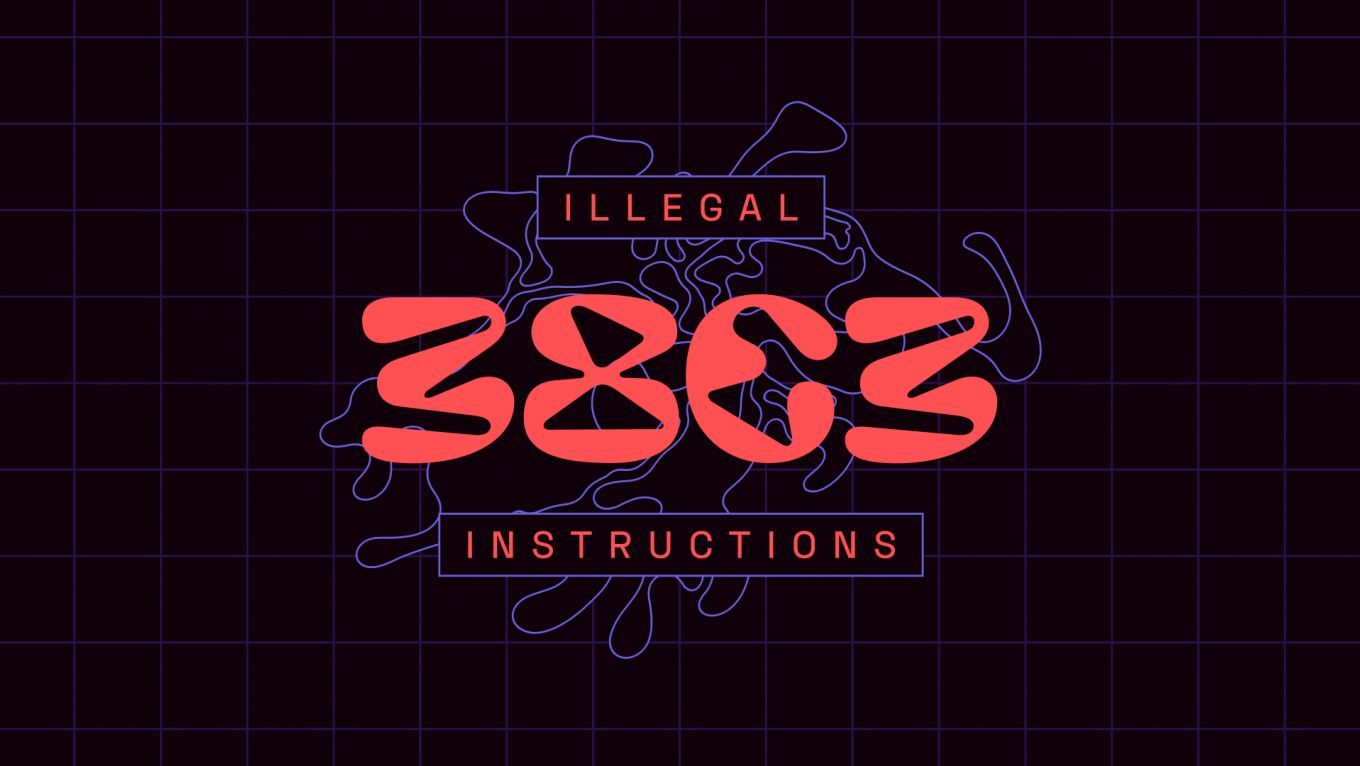Art & Beauty
Feelings of Structure in Life, Art, and Neural Nets
One of the basic ways we navigate the world is through ‘feelings of structure’ -- our experience of the inner logic of a system or a situation as a tone, a vibe, a mood. I argue that building a technical analogy between ‘feelings of structures’ and autoencoder neural networks lets us construct a kind of theory of vibe: a theory that lets us see how sets of material (/digital) objects express a worldview and vice versa, and that can explain the deep role art plays in expressing, developing, and challenging our understanding of the world.
'Poetry' as the name of a special human relation to the world -- some special kind of knowing, grasping, challenging or asking we effect through art -- came into focus in 18th century Europe alongside the first blushings of a theory of computation and a computational analysis of mind. This talk proposes that for all of their outward hostilities, the Romantic-and-on idea of poetry and computational approaches to thought, language, and meaning are deeply connected: starting from Kant's doctrine of the productive imagination, we will develop one historical thread that runs to the Romantic poets, Phenomenology, and literary theory, and one historical thread that runs to information theory, machine learning, and the science of neural network models. Comparing the two threads, I'll argue that poetics and the science of neural network models have genuinely (if partially) overlapping subject-matter.
Additional information
| Live Stream | https://streaming.media.ccc.de/38c3/zigzag |
|---|---|
| Type | Talk |
| Language | English |
More sessions
| 12/27/24 |
In a world dominated by digital communication and the drive toward linguistic unification, the simple act of 'typing' varies significantly across languages and writing systems. For European languages like English and German, typing typically involves a set of about 100 letters and symbols. In contrast, Japanese—and by extension, Okinawan—requires three distinct scripts: hiragana, katakana, and kanji. Each of these adds layers of complexity and cultural depth to written expression. This ...
|
| 12/27/24 |
We built an Ethical Hardware Kit with a PCB microcontroller made of wild clay retrieved from the forest in Austria and fired on a bonfire. Our conductive tracks use urban-mined silver and all components are re-used from old electronic devices. The microcontroller can compute different inputs and outputs and is totally open source.
|
| 12/27/24 |
UBERMORGEN infiltriert Kunst, Medien und digitale Monokulturen mit subversiver Affirmation. Wie Donald Trump auch, zerstören sie täglich ihr Geschäftsmodell, um daraus radikal neue Lösungen zu schaffen. Anhand von Projekten wie Vote-Auction, Google Will Eat Itself und PMC Wagner Arts dokumentieren sie ihre künstlerische Evolution im Never-Ending Now. Chaos ist ihre Methode, Kunst ihre Neue Ehrlichkeit, Klarheit ihre Waffe.
|
| 12/27/24 |
Artist Andrei Molodkin held $45million of art hostage to free Julian Assange. He vowed to dissolve Picasso, Rembrandt, Warhol and other masterpieces in acid using a dead man’s switch device inside a 29-tonne Grade 5 Safe Room if Julian Assange was to die in prison. The talk will explain the process and methodology.
|
| 12/27/24 |
Modern 3D capture through Gaussian Splatting and human memory reveal parallel landscapes – where precise centers fade into probabilistic smears at the edges, and gaps hold as much meaning as detail. This is about the preservation of an ephemeral present in digital amber, an interrogation of how we reconstruct both digital and remembered spaces.
|
| 12/27/24 |
The public image of dinosaurs is largely shaped by art. While paleontology is a dynamic and productive science, it is primarily through paleoart that our perception of prehistoric life takes form. By combining informed speculation with a deep understanding of anatomy, ecology, and geology, paleoartists continuously reimagine extinct organisms in innovative ways.
|
| 12/27/24 |
Welchen Einfluss hat die Form der Dinge? Wie wirken wir durch die Gestaltung unseren kulturellen Praxen, Architekturen, Sprachen und Strukturen auf uns und die uns umgebende Zukunft ein? Und warum findet sich in zeitgenössischer Design Theorie ein Verb wie *Futuring*?
|

